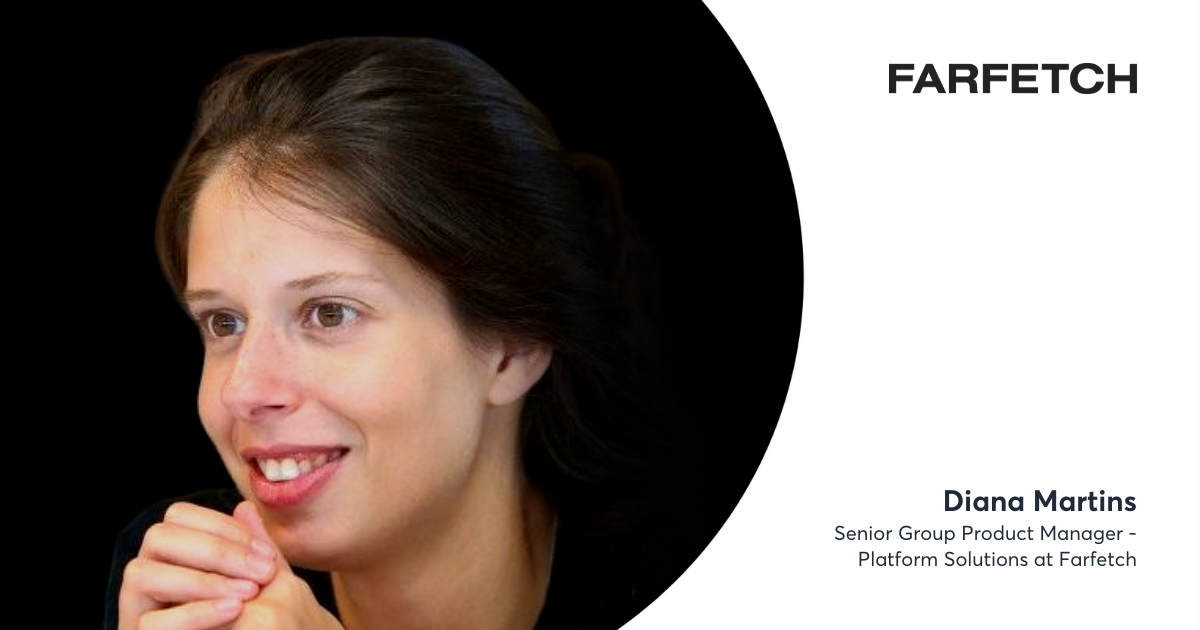Insights from a Product Manager: Disrupting the Luxury Fashion Market

Online acceleration has been a key feature during the pandemic as retailers have been forced to go online to stay afloat.
The personal luxury goods market, made up of luxury apparel, footwear, jewelry, watches, and other goods has an estimated value of €283 billion worldwide. An increasing portion of those purchases are made online thanks to the rise of ecommerce platforms and retailers turning their focus to digital storefronts, not just physical ones.
A report by McKinsey & Company suggests that the online sales of luxury goods account for 8% of the luxury market, but this is expected to more than triple by 2025. Even now, nearly 80% of luxury sales today are “digitally influenced,” which means that consumers hit one or more digital touchpoints in their luxury shopping journeys.
It’s not the pandemic alone that has caused this shift towards luxury ecommerce. With younger shoppers preferring a digital experience, brands have had to adapt or get left behind.
More companies and platforms like FARFETCH are leading the way with tech solutions to transform the way people shop for luxury goods online.
Diana Martins, Senior Group Product Manager - Platform Solutions at FARFETCH, joins Disruption Talks to give her take on luxury ecommerce, how FARFETCH is leading the way in the market, and how it creates a meaningful customer experience online.
What is luxury ecommerce?
Luxury ecommerce is a growing trend of luxury brands taking to the online world to broaden their reach, and provide updated solutions and convenient shopping experiences.
The pandemic may have accelerated the rush to go fully digital, but it provides a positive change for shoppers in the industry. Online acceleration has become increasingly important for brands to remain relevant, up-to-date, and competitive in what is already a crowded market.
Filip Sobiecki: Can you tell us a little about yourself?
Diana Martins: I worked for five years in a Portuguese telecom company that provided mobile fixed communication, television, and internet solutions. I also worked in corporate and enterprise parts of the business. Eventually, I decided it was time to change to a new kind of business.
While FARFETCH is very different, it still has some of the same pillars as other industries, particularly its customer-centric approach and client mindset. It’s still all about developing the right products for people and making sure they fulfill expectations.
What’s the difference between the average telecom customers and FARFETCH'S customers?
With telecom, you’re just trying to fulfill basic needs for customers to reach someone. With FARFETCH, we’re offering a tech tool that allows you to buy from the luxury market.
I’d say the main difference is storytelling. In telecoms, it’s all about connecting with each other. In luxury, it’s about using fashion to express your individuality. As a product manager though, the principles of working with either are the same.
What was it like being known as one of the first Portuguese unicorn businesses?
It was very impactful.
We were in the spotlight not just because we became a unicorn company but also due to the uniqueness of the product we offer and our vision.
It also had a wider impact in Portugal as a positive example of how missions and visions can become a reality. It’s empowering for people who want to become entrepreneurs.
How did FARFETCH disrupt the retail sector?
This is an overcrowded market, but FARFETCH has a business model that allows us to position ourselves in a different environment compared to our competitors.
We don’t rely on physical retail stores. Instead, we have a distribution network across different countries, which has helped us overcome the challenges that other retailers have faced. That’s how we’ve been able to behave more as a platform than a retailer.
Do you believe developing a platform from scratch is better than using a third-party solution?
From a product management perspective, we need to consider the view in terms of short-term demand, medium- and long-term goals and expectations.
We’ve been working to onboard third-party companies through a FARFETCH resale service called FARFETCH Second Life. Eventually, we realized that it would make sense to bring this value proposition into our platform. That’s a good example of how you can work with a third party and then integrate the idea into the platform at a later date.
Do you believe that luxury fashion companies need to stay ahead of the curve in tech?
It’s important to establish how you differentiate and position your company in the market.
Innovation is a key pillar of our strategy. In a competitive market, we need to offer more and be different, and innovation is key to that.
In 2017, we launched a Store of the Future, where we unveiled an augmented reality shopping experience. We need to make sure we’re bringing this further thinking into our product development so we can scale up at a great pace.
How do you keep FARFETCH customers loyal?
It’s our job to make sure we offer the best experience from an end-to-end perspective for the client. The analytics we use in the marketplace help us position ourselves appropriately, and we also do a lot of A/B testing to make sure that the experience on the website is the best it can be.
Another way FARFETCH stays on top is through our other businesses, which help to attract more customers – for example, Second Life. This complements FARFETCH and creates a new avenue of loyalty for new customers.
Is Second Life an answer to sustainability?
Sustainability is one of the issues that we’re looking closely at. Second Life is part of that. Another one is a new donation scheme that lets you sell your products and create a donation through the FARFETCH website.
It’s about more than that, though. It’s also about how to have better visibility and transparency around all the products we’re selling. We’re looking at how people can have more knowledge on where the materials come from and so on.
Beyond that, sustainability can also be used as a narrative alongside the products we sell. Knowing where it was created in the world, how it was acquired and passed through families, and so on can become a narrative that provides something unique for your shopping experience.
How did FARFETCH manage supply chain issues during the pandemic?
The way FARFETCH works is when a customer sees a product, most of the time, it’s available from multiple sellers in different countries. FARFETCH had an advantage in terms of supply chains during the pandemic because it wasn’t reliant on a particular distribution center.
From a product perspective, we’ve had to be very fast in dealing with uncertainty and the unexpected. One day we had countries that were open for business, the next they were locked down during the pandemic. It was challenging, but also it was all about making sure we were always innovative.
How do you ensure that both the customers and the boutiques have their needs met?
At the end of the day, we want to provide the right kind of products to the right people.
One thing we do is closely watch metrics and analytics. We have a specific team that watches these and looks at feedback.
On the platform, our successes are the same as the boutiques’ successes. If we learn some useful piece of data in the marketplace, we can bring the other boutiques in on that and share the knowledge.
If you had a magic wand and could give all 12-year-olds in the world a brand new skill, what would it be?
I would say a critical thinking mindset. It’s important to be able to analyze, have an imagination, evaluate information, and figure out whether things are valid versus assuming everything you see in the media is true. I think people need to be able to form their own opinions and ideas and understand that information can be easily misconstrued.
This discussion is part of our Disruption Talks recordings, where we invite experts to share their insights on winning innovation strategies, the next generation of disruptors, and scaling digital products. To get unlimited access to this interview and more insights from industry experts, sign up here.







